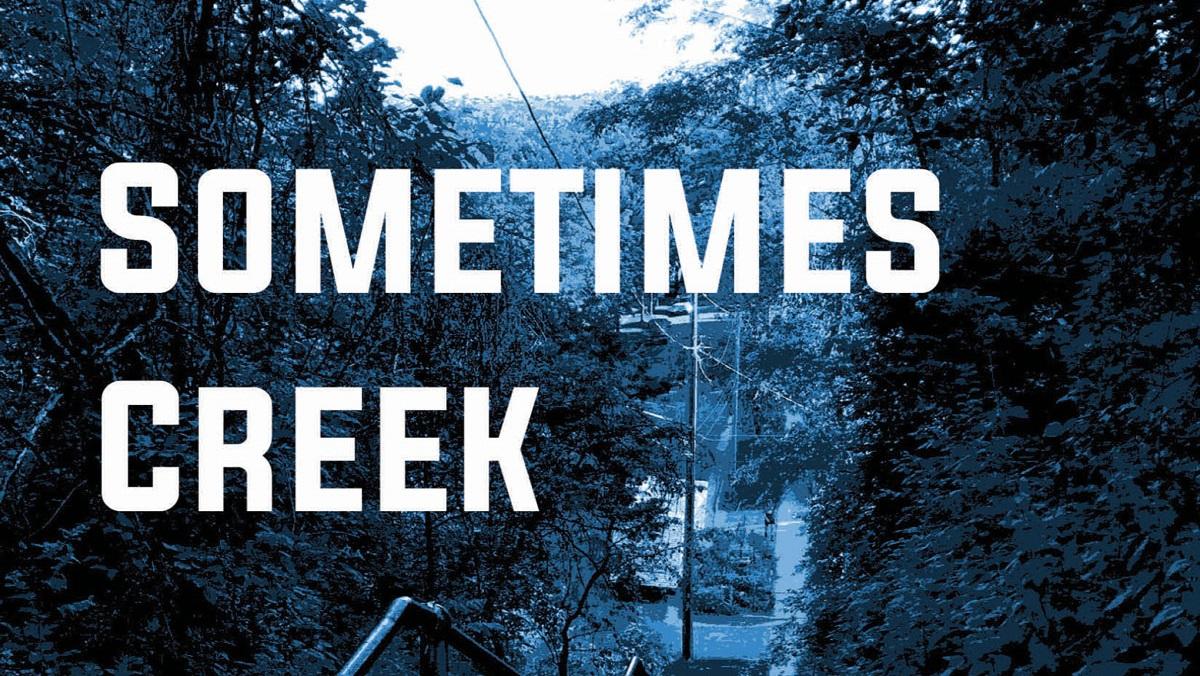In “Exile,” the first story in Steve Fox’s debut collection, the author prepares us for the narrative, linguistic, and grammatical surprises to come. An adolescent encounters a homeless man who offers him a drink from a paper bag. “You are a polite boy from Wisconsin. You should excuse yourself, now. And bid unto the man with one boot a pleasant evening. (Italics mine.) But your feet refuse to move…An awareness engulfs you. This small act of walking down the street has unfolded into a huge decision that you will look back upon…” The archaic diction comes out of nowhere. Most often in these stories, such risks pay off, as when Fox employs different dialects, repeats phrases three or four times in a story, or experiments with time and the seasons.
The characters in these seventeen stories—Arthur Penske in “Exile,” Pip, the young woman in “Unresolved,” to name two—are easily consumed, engulfed, by loss, love, desire, beauty, loneliness, wonder. The protagonist of “Then It Would Be Raining” confesses that a “sense of tidal loss engulfs me.” Often, the swallowing up becomes so great that characters shelter beneath the earth, going down to their root cellars and basements. Earl Fekete in “The Butcher’s Ghost” dies in a basement storeroom. In one piece, a man buries something in order to hold on to a part of what he’d lost in Vietnam.
Most of the stories occur in a town built on limestone. Here, bats carry their human protector skyward. Caterpillars, imaged as “promiscuous” and “furry” in one story, march along branches in another. “Pulsating throngs of ants” dig in the earth or make a Wheel of Dharma following the outline where the neighbor lady has poured syrup and molasses. In “Randy Koenig’s Very Large Mouse,” a rodent, speaking in “an Upper-Midwestern accent,” tells the human narrator how mice “shuttle between basements all up and down this ridge. It’s all limestone…Infinite little cracks, passageways, channels…” The subconscious world underlies the conscious world and, one might say, devours it.
I couldn’t put these stories down. Unsettling though some of them are, others, such as “Orange Tree Dog” and “Sometimes Creek,” are wistful and delicate. Anything can happen in Fox’s universe. In this odd world, children can be transformed into yard statues (“Yard Marys”), or a school can be named The University of Wisconsin-Noisy Creek and have associated with it a medical center.
All of this—the underground places, the mice, the ants—ends quietly in the moving title story when a heartbroken child, Claire, becomes non-verbal, like her friend across the street.
I’m not sure I’d live in Noisy Creek, but it is an adventure to visit there in Fox’s impressive debut.




